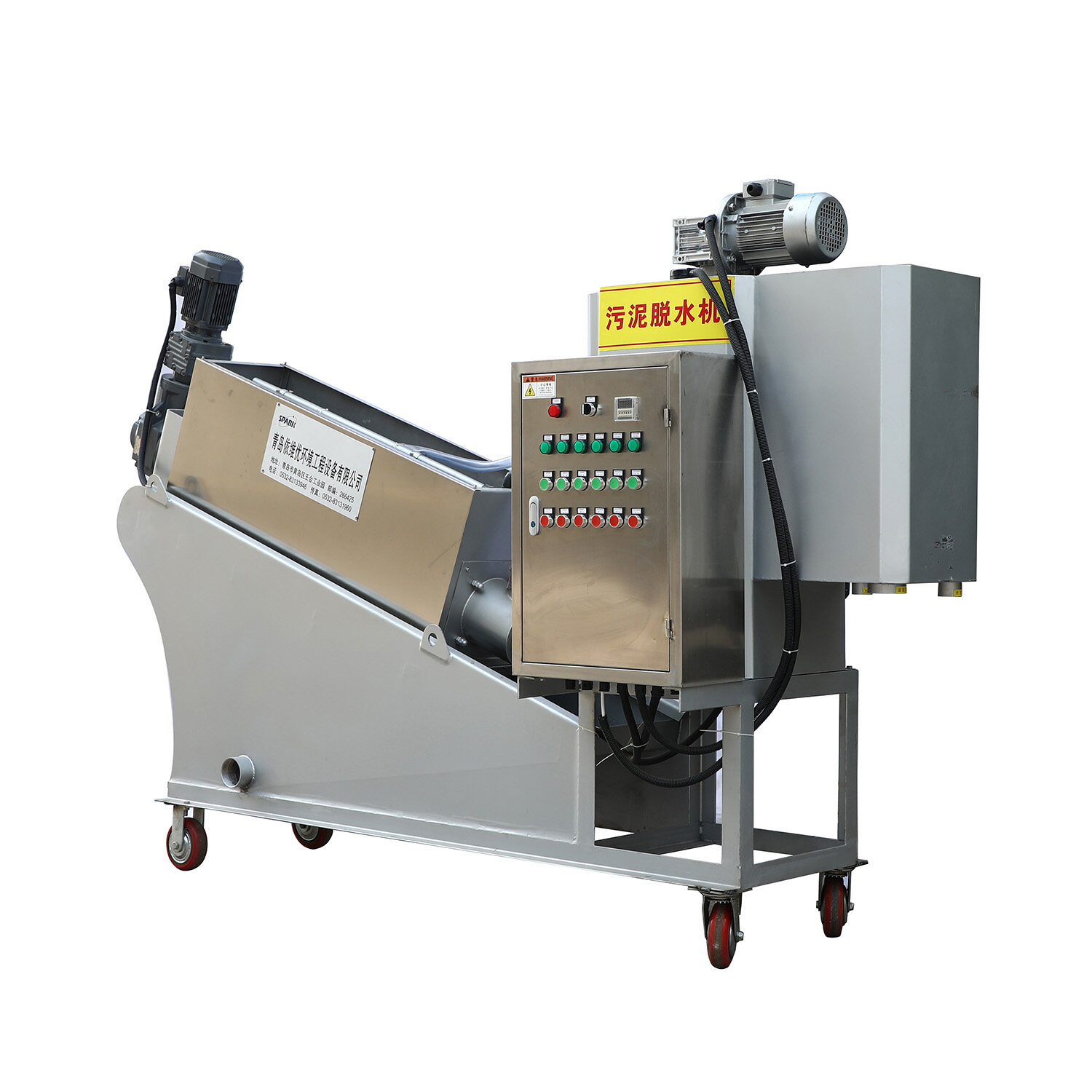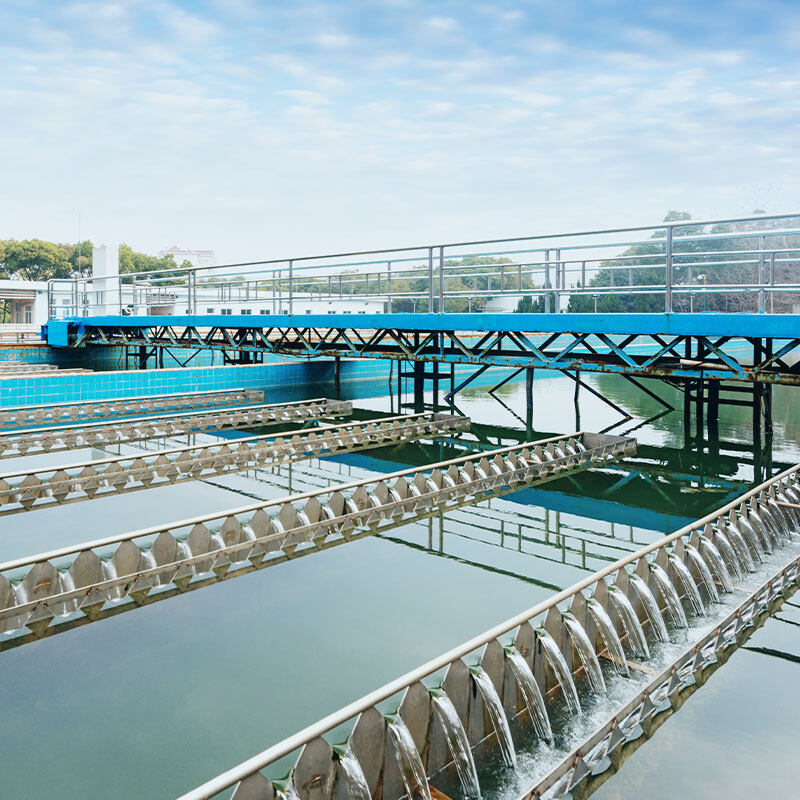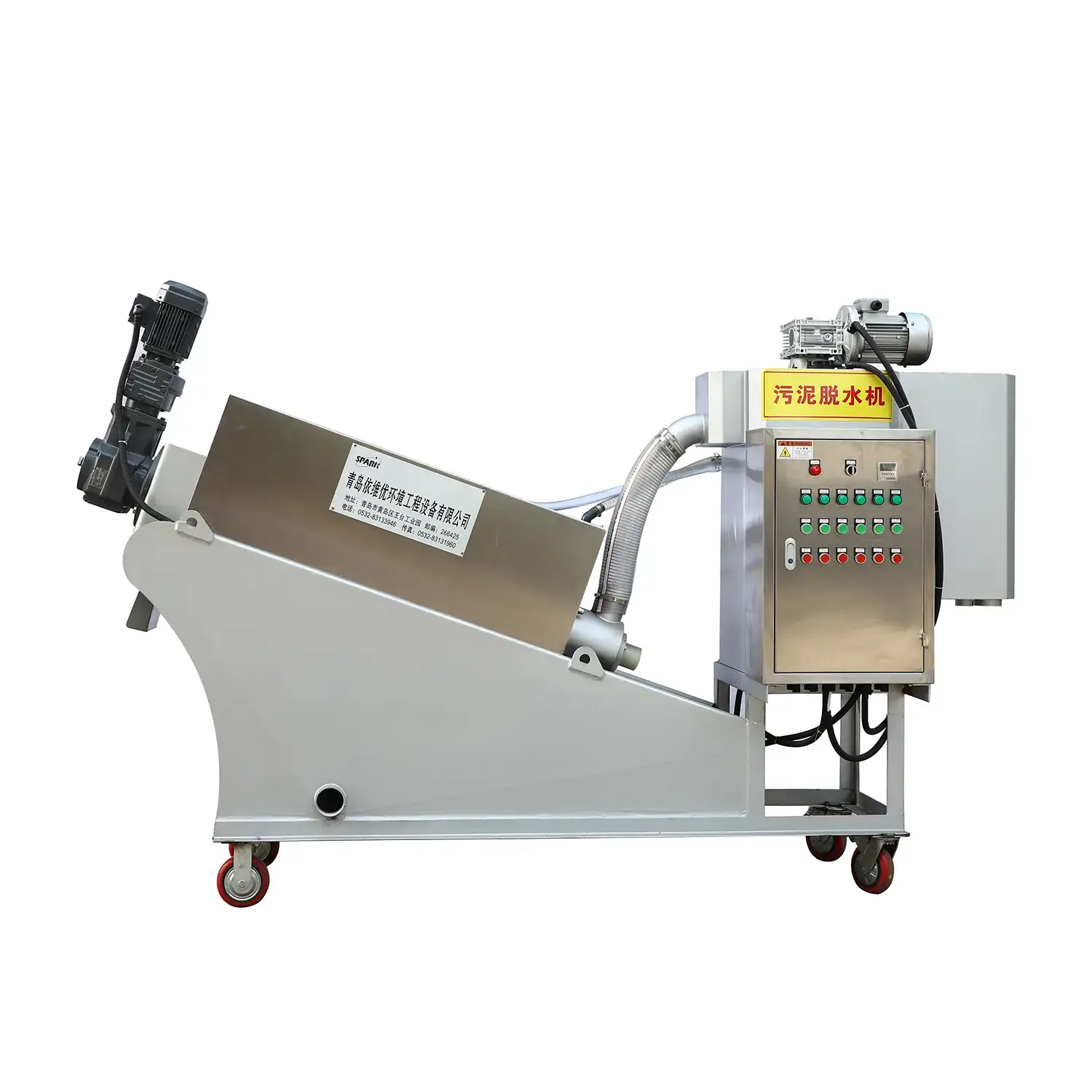How Does a Screw Press Sludge Dewatering Machine Work?
In the realm of wastewater treatment and sludge management, the efficient removal of water from sludge is a critical process. One of the most effective methods for achieving this is through the use of a screw press sludge dewatering machine. These machines are designed to separate liquid from solid waste, reducing the volume of sludge and making it easier to handle, transport, and dispose of. In this blog post, we will explore the inner workings of a screw press sludge dewatering machine, its components, operation, and the benefits it offers in the field of environmental management.
Overview of Sludge Dewatering
Before diving into the specifics of screw press dewatering machines, it's important to understand the concept of sludge dewatering. Sludge, a byproduct of wastewater treatment, consists of solids, liquids, and microorganisms. Dewatering is the process of removing water from this sludge to reduce its volume and weight, which is essential for cost-effective disposal and further treatment processes such as incineration or land application.

Components of a Screw Press Dewatering Machine
A screw press dewatering machine is composed of several key components that work together to achieve efficient sludge dewatering:
-
Feed Chamber: This is where the sludge enters the machine. It's designed to handle the initial volume of sludge and prepare it for the dewatering process.
-
Screw Conveyor: The heart of the machine, the screw conveyor, is a rotating helical shaft enclosed in a cylindrical screen. Its slow, steady rotation transports the sludge through the machine.
-
Screen: The cylindrical screen surrounds the screw conveyor and has small holes that allow water to pass through while retaining the solid particles.
-
Pressure Plates: These plates are placed against the screen, creating a pressure zone that forces water out of the sludge as the screw conveyor pushes it forward.
-
Drive Mechanism: This component powers the rotation of the screw conveyor, maintaining the necessary speed for effective dewatering.
-
Discharge Ports: Separate ports allow for the discharge of dewatered sludge and the liquid effluent.
Operation of a Screw Press Dewatering Machine
The operation of a screw press sludge dewatering machine can be broken down into several stages:
-
Feeding: Sludge is fed into the feed chamber, where it is evenly distributed onto the screw conveyor.
-
Transportation: The screw conveyor slowly rotates, pushing the sludge forward and initiating the dewatering process.
-
Compression: As the sludge moves along the screw, pressure plates apply increasing pressure, forcing water out of the sludge and through the screen.
-
Separation: The water passes through the screen and is collected in a separate chamber, while the solid particles are retained and continue to be pressed.
-
Dewatering: The pressure and shear forces within the machine cause the water to separate from the sludge, resulting in a drier, more compacted product.
-
Discharge: The dewatered sludge is discharged through one port, while the liquid effluent is collected and discharged through another.
Benefits of Screw Press Dewatering Machines
Screw press dewatering machines offer several advantages over other dewatering methods:
-
High Dry Solids Content: These machines can achieve a high dry solids content in the dewatered sludge, reducing disposal costs and making it more suitable for further treatment or reuse.
-
Low Operating Costs: With minimal moving parts and low energy consumption, screw press dewatering machines are cost-effective to operate.
-
Durability: The robust design of screw press machines makes them highly durable and resistant to wear, reducing maintenance requirements.
-
Environmental Compliance: By reducing the volume of sludge, these machines help facilities meet environmental regulations regarding sludge disposal.
-
Versatility: Screw press dewatering machines can handle a wide range of sludge types and conditions, making them a versatile solution for various wastewater treatment applications.
Conclusion
Screw press sludge dewatering machines are an essential tool in the management of wastewater treatment by-products. Their efficient operation, durability, and environmental benefits make them a popular choice for facilities looking to reduce the volume and cost of sludge disposal. Understanding how these machines work provides insight into the critical process of sludge dewatering and the role it plays in protecting our environment and conserving resources. Whether you're in the wastewater treatment industry or simply interested in environmental technology, the screw press dewatering machine is a fascinating example of engineering innovation at work.
For more information on our sludge treatment solutions, please feel free to reach out to us. If you have specific requirements, don't hesitate to contact us regarding our custom sludge dewatering machine.



